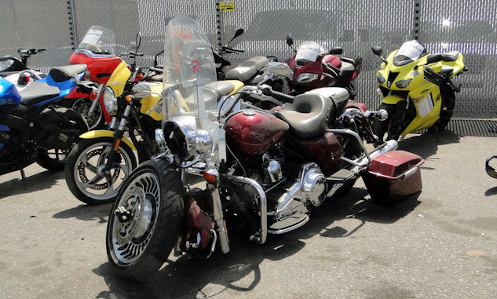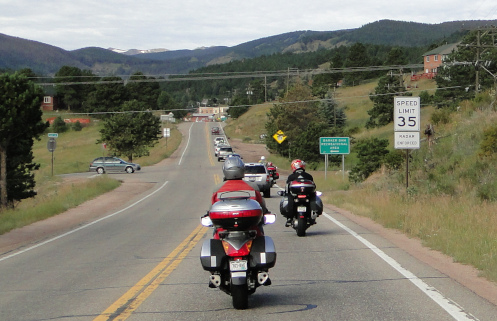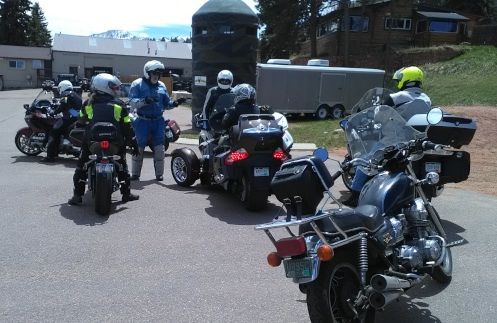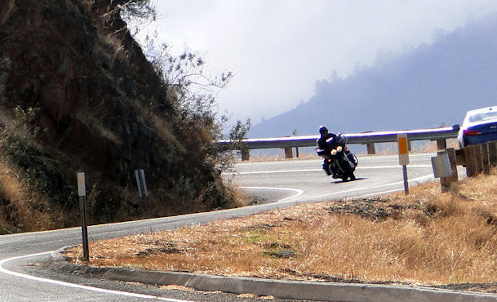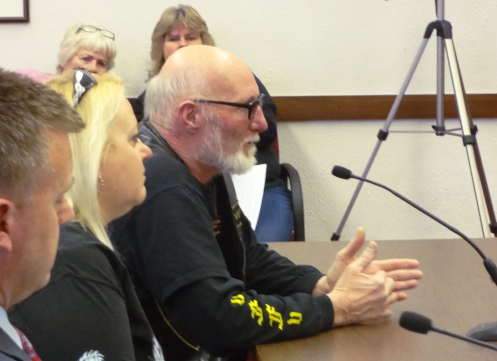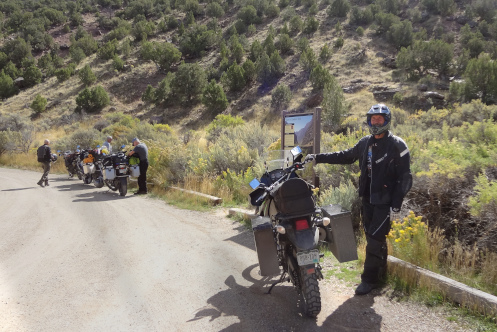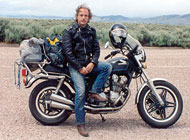Ride Safe
Monday, November 2nd, 2020“Have a safe ride.”
That’s an admonishment we’ve all heard countless times and my standard weak-joke response is along the lines of, “Oh darn, I wasn’t planning to, but I will if you insist.”
It’s not that we ever plan to have an unsafe ride, but then, that’s why they’re called “accidents.”
At least many people use that word, but among those serious about motorcycle safety, the preferred word is “crash.” The point being that a crash does not happen by accident, it is allowed to happen by riders who fail to remain alert and to engage in basic crash-avoidance practices.
Don’t get me wrong. Anyone who rides knows that the primary scenario for motorcycle crashes is when someone in a car pulls out in front of you or turns left in front of you. It’s their fault.
Or is it? Is it entirely their fault if you could have done something to prevent the crash? (Within reason: You could stay home and never go anywhere and that would prevent a crash, but that’s not reasonable.)
More importantly, does it matter that it’s primarily their fault if you’re the one with the concussion and broken bones? I have a friend, Jungle Fuhrman, who argues that without exception, if you are involved in a crash, you screwed up. I tend to agree with him.
When I was preparing to take RiderCoach training several years ago, the program put together by the Motorcycle Safety Foundation (MSF) for training the people who train new riders, I rereading the Basic Rider Course (BRC) Rider Handbook, which is the study manual given to all the beginning rider students. (Which is to say, I had taken the BRC myself some time before that.)
The BRC focuses on both riding skills and the rider’s mindset. One key point they make is that crashes seldom have one specific cause; in fact, they usually have several. They call this the Crash Chain, and use an illustration of a motorcycle chain looping around two sprockets, connecting one sprocket (you) to the other (the crash). Each link is a factor that contributes to the crash. Break any one of those links and the crash is avoided.
So now that idiot talking on his cell phone is turning left in front of you. Is it foreordained that you will T-bone him? Are you traveling at an excessive speed? Were you day-dreaming as you approached the intersection? Were you not thinking about the fact that the setting sun is directly behind you, making it difficult for him to see? If you answer yes to all those questions then yes, you may indeed be irretrievably headed for a crash.
But you had it in your power to break that crash chain, and didn’t. He’ll get the ticket but you’re the one who will pay in pain.
Some highway safety agency used a catch-phrase years ago that has stuck with me and I think it bears repeating here: Safe driving is no accident. For motorcycling I’d go with that times 10. Have a safe ride.
Biker Quote for Today
Why motorcycles are better than women: You don’t have to deal with priests or blood-tests to register your motorcycle.
